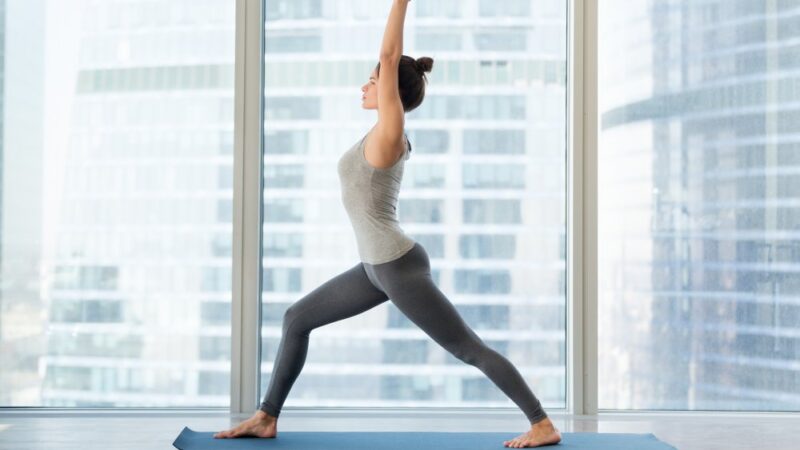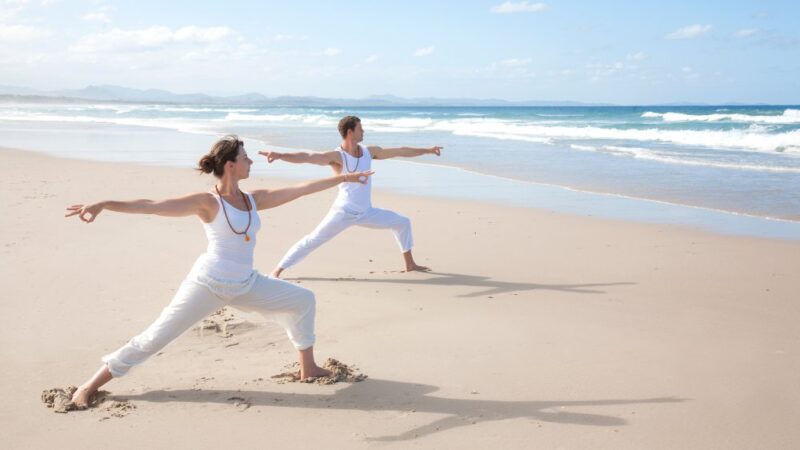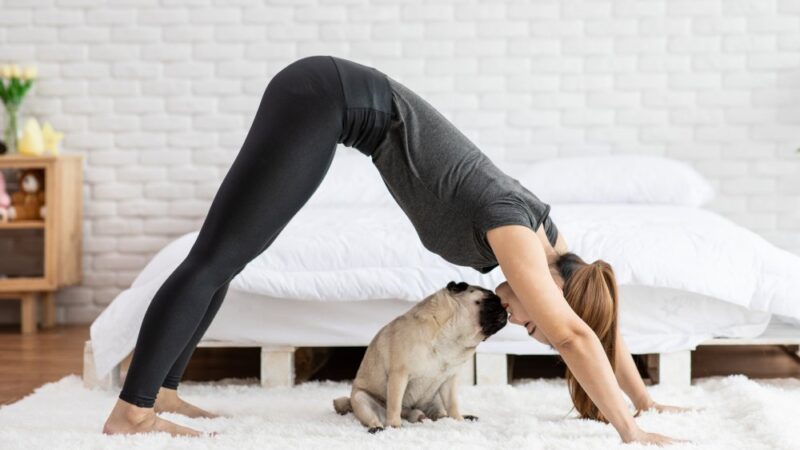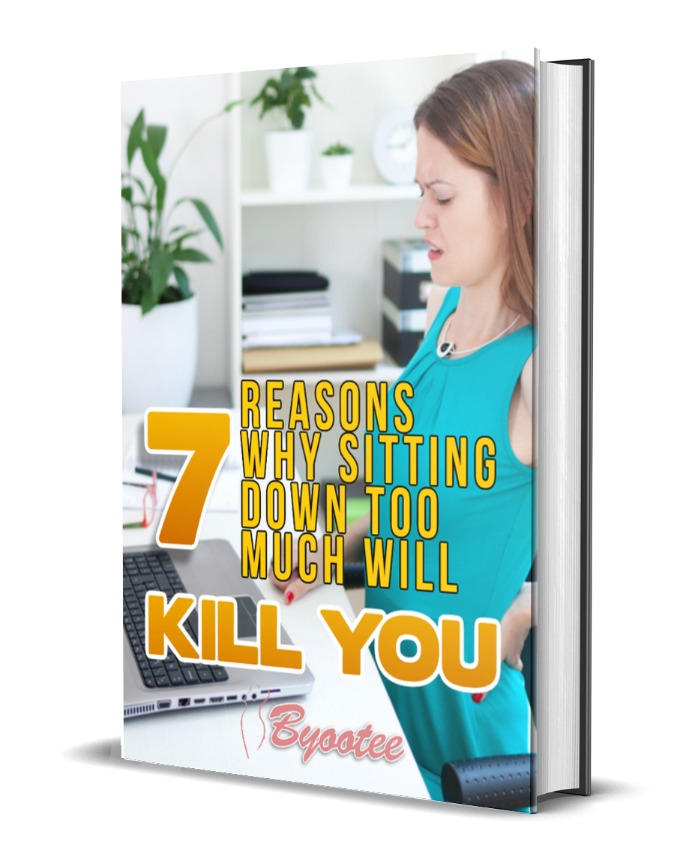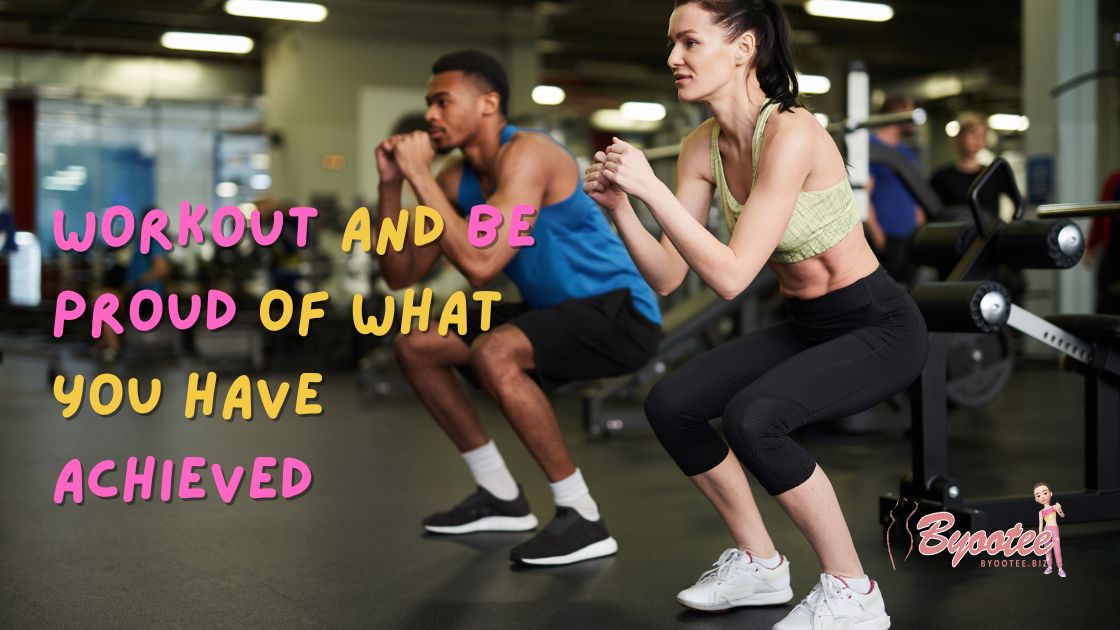Here's the deal, we all know that exercise should be a regular part of our…
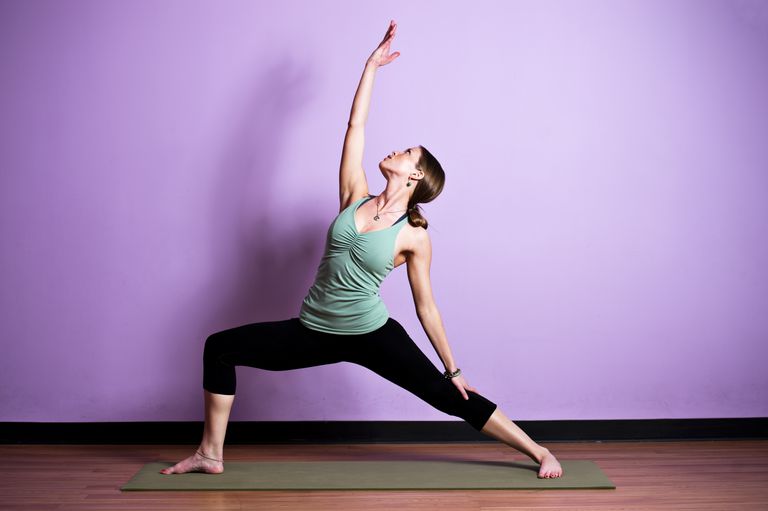
Yoga poses all beginners should know about
As one of the most effective self-care practices for stress-reduction and anxiety management, yoga helps you connect with your body by bringing the focus back to your breathing. It’s not all about being flexible and burning calories — the practice is actually a powerful preparation for relaxation. Toned muscles and the post-yoga glow are the bonuses! When you’re just starting out, it’s easy to get caught up in comparing yourself to seasoned yogis and trying to push your body into shapes that it’s not ready for yet. Keep in mind that it’s called yoga practice, not yoga perfect — especially when you’re first getting started.
Learning a few foundational yoga poses that you’ll likely use no matter what type of yoga you’re performing will help you flow through your practice more easily. Tadasana, mountain pose, is the fundamental position for all standing poses and it’s as simple as standing up, rooting into your feet, and lifting your spine tall with your arms at your sides. Breathe deeply as you settle in.
The next pose you should know when starting your practice is chair pose. Like it sounds, you simply sink your seat back from mountain pose while lifting your arms towards where the wall and ceiling meet — like you’re sitting down into an invisible chair. Stimulating the diaphragm and heart, while working the legs and arms, chair pose generates heat throughout the body that helps you move more smoothly throughout the rest of your practice (via Yoga Journal).
Yoga Poses – Know your Warriors
If you’re doing a flow practice, Warrior I and II will be your new best friends. From mountain pose, step your left foot back with the toes at a 45-degree angle toward the left side of your mat (via Do You Yoga). Bend your front knee, making sure that the knee is in line with the ankle — you may need to widen or narrow your stance depending on your body shape and structure. Your hips and shoulders should be square to the front of the mat, or aiming for that. Then, lift your arms alongside your ears as you press firmly through your feet. Hold for up to ten breaths and repeat on the other side.
If this pose is too much for your hips or joints, you can take a crescent lunge instead. Just step your left foot back into a lunge with all ten toes facing the front of your mat. Bend your front knee and raise your arms. This pose can be gentler if Warrior I doesn’t agree with you.
Yoga Poses : Moving into Warrior II
The second warrior pose helps to strengthen your quads, inner thighs, core, and arms while sharpening your mind. It even helps aid digestion and relieves backaches by stimulating the organs in the gut (via Do You Yoga). Step your left foot back a few feet with your back foot parallel to the back of your mat. Press your feet firmly into the mat as you bend into your front knee with your front toes facing forward — then raise your arms so that they’re parallel with the floor. Breathe deeply for a few moments as the pose gets to work and increases your stamina (via Yoga Journal).
To exit the pose, cartwheel your hands back to the mat and step your front foot back alongside your other foot into a high plank, which is exactly like the top of a push-up. Actively squeeze your legs and glutes together as you press the mat away with your hands (via Shape). Pull your heels back towards the rear end of your mat. Breathe here for a few moments. You can then either push back into your downward facing dog or take chaturanga, which is a transitional pose that flows you into a cobra pose, then back to your down dog. Just remember this is a more advanced movement, so it’s okay if you don’t master it for a while (via Yogi Approved).
Focus on your breath and take Yoga at your own pace
Finally, when starting your practice, you’ll need to know how to do a downward facing dog. From all fours, lift your hips towards the ceiling as you press your hands into the mat and straighten your legs. A mild inversion, downward facing dog stretches your hamstrings and calves while strengthening your arms, legs and back (via VeryWell Health). You should look like an upside-down V-shape here — remember to come back to your breath and take it at your own pace!
When starting your yoga practice, take your time, and remember that everyone’s body is shaped differently. Others may struggle with poses you love while you may have trouble with poses they glide into with ease.
The point of yoga is to journey within, calm the mind, and find peace, while building strength and flexibility. Getting started with these poses will help you start your yoga practice, stay healthy, and connect with yourself on a new level!

